Division Overview
About Us
Our faculty, more than 80 and growing, are dedicated to clinical care, education, and research. We strive to promote the specialty of infectious diseases (ID) through impactful clinical care that improves lives; adding value through antibiotic stewardship, diagnostic stewardship, and infection prevention; educating the next generation of clinicians and ID physicians; and discovery and dissemination of world class research.
We work mainly at four sites located across the Denver metropolitan area:
The Anschutz Medical Campus (AMC). The AMC, which contains the School of Medicine (SOM) and is in Aurora, just east of the Denver city line, was built to accommodate the growth of the SOM and fulfill its need for cutting edge facilities for research, education, and clinical missions. AMC ID physicians, physician assistants, and nurse practitioners take care of hospitalized patients in the University of Colorado Hospital (UCH) across 5 separate ID teams (2 general, 1 orthopedic, 1 oncology, and 1 transplant). We take care of outpatients in our Infectious Disease Group Practice (IDGP) in the UCH outpatient pavilion.
Denver Health (DH). There are 12 physician faculty members at DH. This safety net hospital and healthcare system serves a broad range of patients in Denver County and the surrounding area. DH ID faculty are employees of Denver Health Medical Center (DHMC) and members of either the Department of Medicine or the Public Health Institute (PHI) at Denver Health. DH faculty provide clinical care on two inpatient ID services (general ID and ortho ID), the ortho ID outpatient clinic, the ID Clinic and Center for Positive Health (HIV), a comprehensive sexual health clinic, the Denver Metro Tuberculosis (TB) Clinic, and the Immunization and Travel Clinic. The TB clinic provides diagnosis and treatment of both active and latent TB infection for the Denver Metro region. DH also serves as a rotation site for the ID fellowship.
Rocky Mountain Regional VA Medical Center (VAMC). There are 9 faculty members at the VAMC. This includes 6 full-time VA faculty who have all UCD SOM faculty appointments plus 3 part-time faculty who are primarily AMC-based. The RMR VAMC is a tertiary care medical center adjacent to the AMC in Aurora that provides comprehensive care to veterans in the mountain west region. Full spectrum ID consultation is provided in the inpatient and outpatient setting. The VA also features a well-resourced infection prevention team and antibiotic stewardship team that provides tele-health resources to neighboring affiliates. The VA is a rotation site for the ID fellowship program and faculty provide education and supervision to fellows in clinic and on the inpatient consult service. VA faculty members also conduct robust translational and clinical research with the veteran population.
National Jewish Health (NJH). NJH is one of the highest rated pulmonary institutions in the US. The Division of Mycobacterial and Respiratory Infections (ID Division) at NJH has 5 full-time clinical faculty who are world renowned for expertise in mycobacterial infections. Faculty care for patients who attend the one-of-a-kind outpatient mycobacterial ward as well as ID Clinic. Division faculty work closely with the NJH adult CF program (largest in the US), molecular core, and mycobacterial research laboratory in clinical and translational research. NJH has one of the best mycobacterial reference laboratories in the country and the director has a secondary appointment in the Division. NJH is a rotation site for the ID fellows who work on the unique mycobacterial ward which is the largest in the country. ID faculty at other sites collaborate closely with NJH faculty for advice and consultation in difficult TB and non-TB mycobacterial infections.
Our Leadership
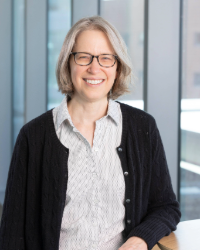
Wendy Armstrong, MD, FIDSA
Division Head, Infectious Diseases
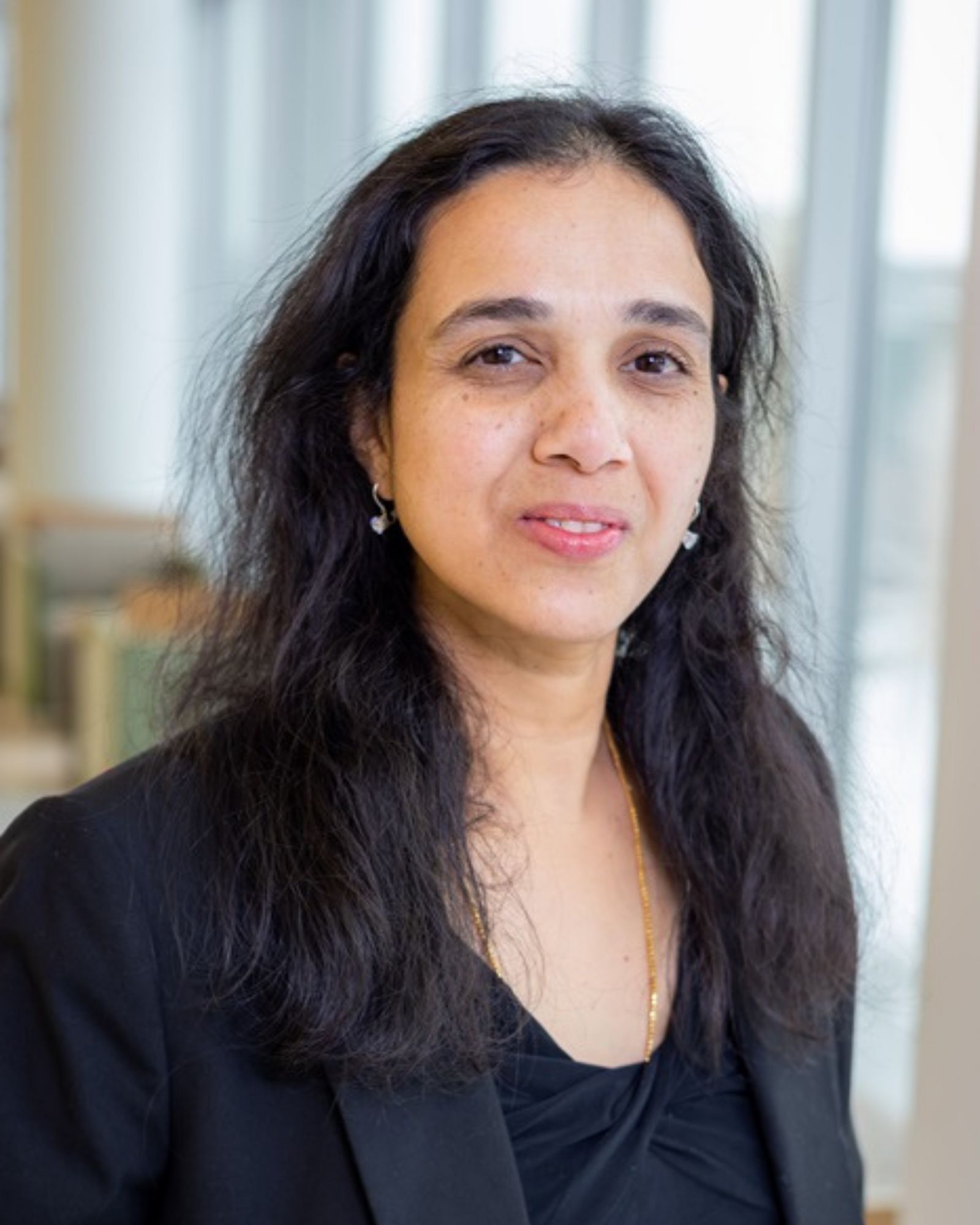
Lakshmi Chauhan, MD
Associate Division Head for Clinical Affairs, Associate Director of Inpatient Services
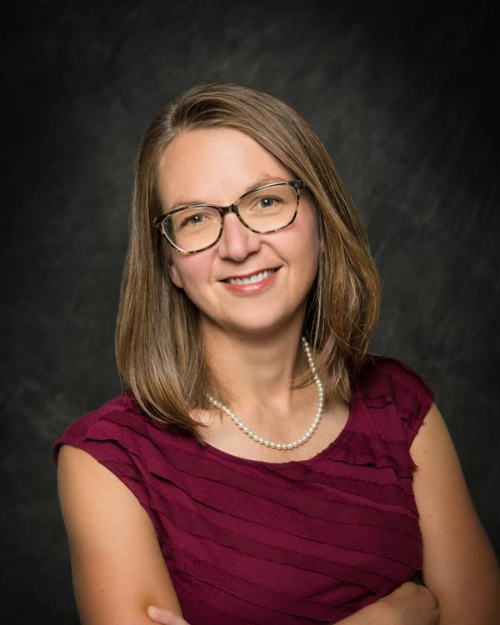
Kristine Erlandson, MD
Associate Division Head for Research
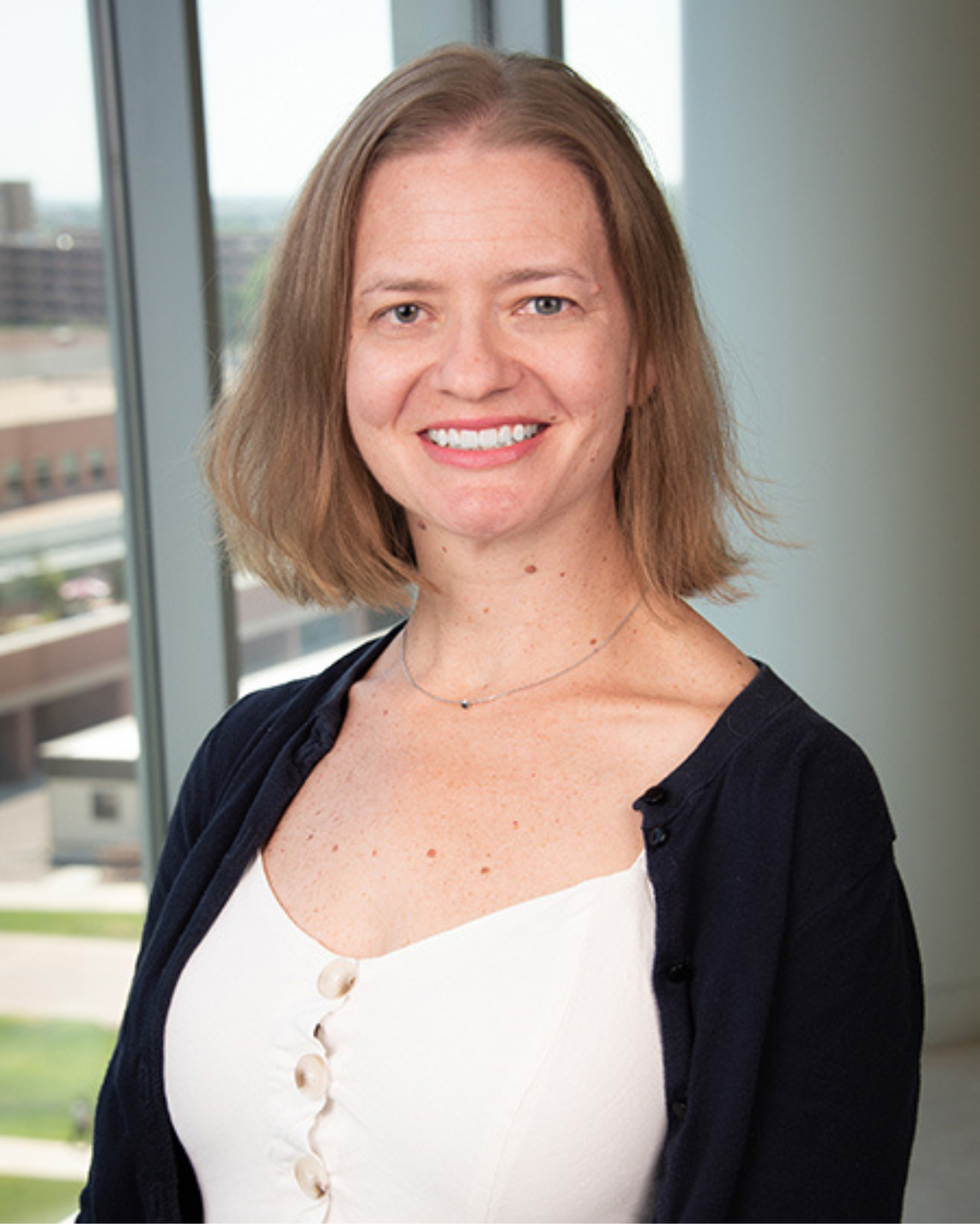
Sara Scherrer, MD
Associate Director of Outpatient Services
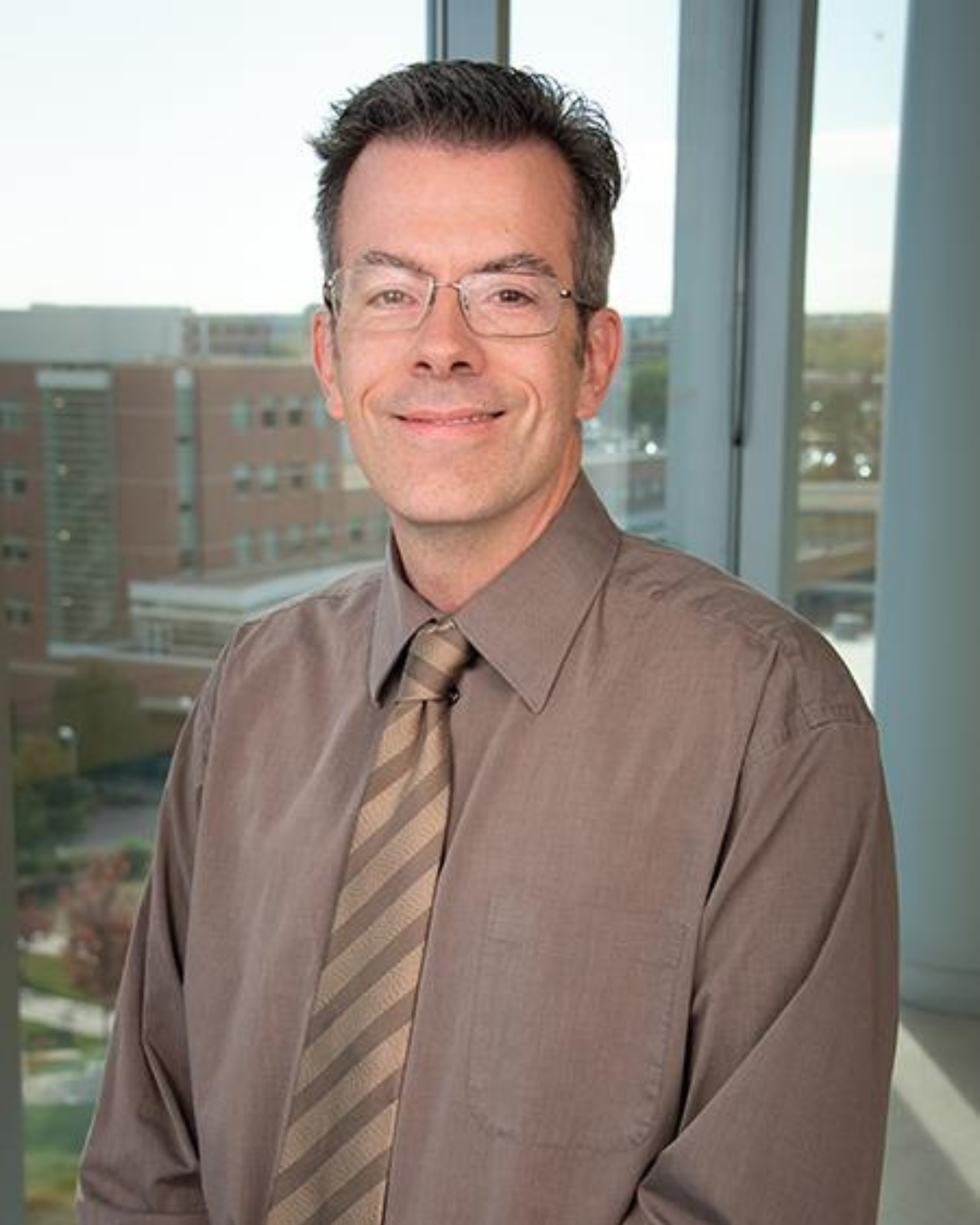
Brian Montague, DO, MS, MPH
Fellowship Program Director, Transplant Infectious Diseases Medical Director
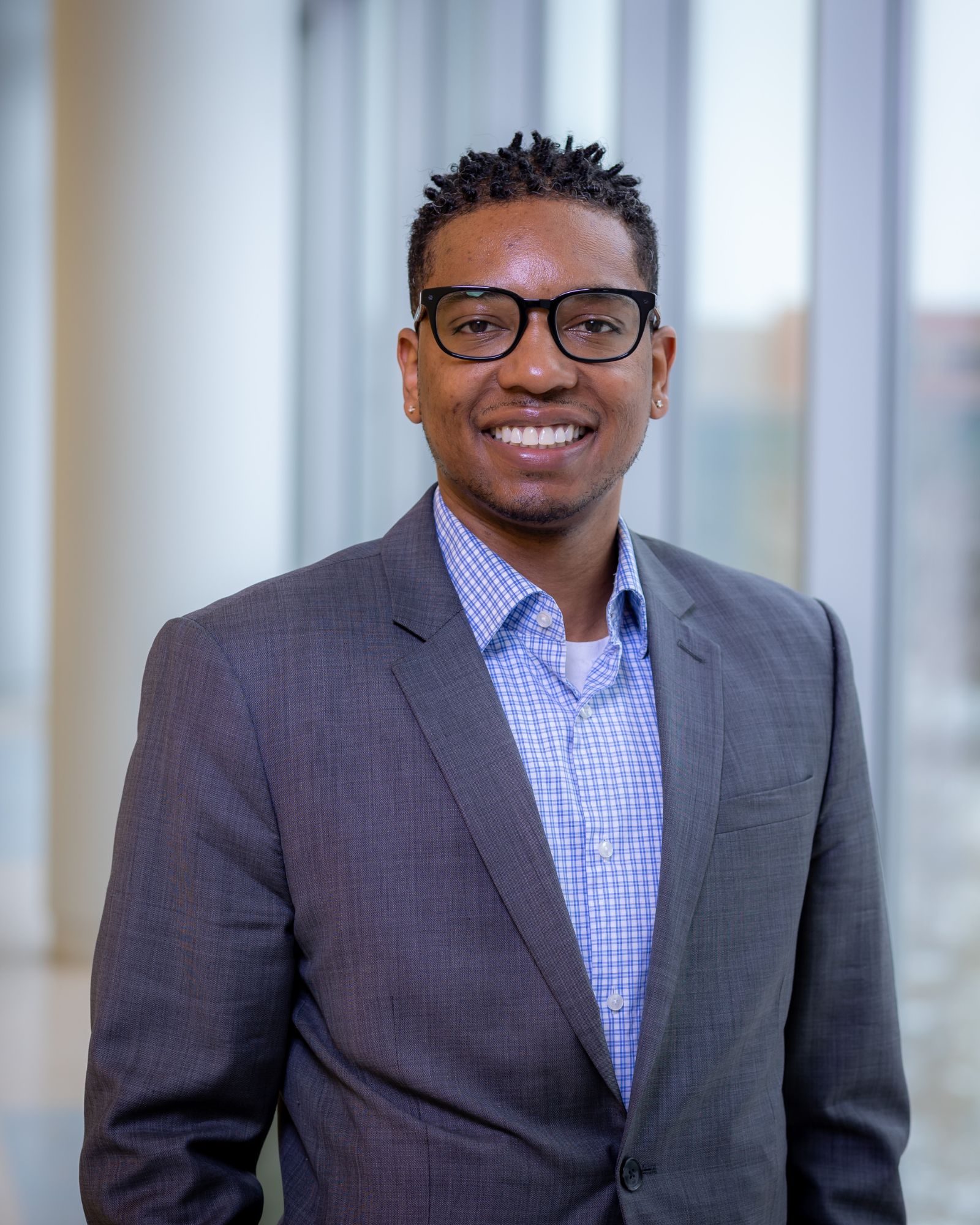
Darian Crosby, MS
Division Administrator